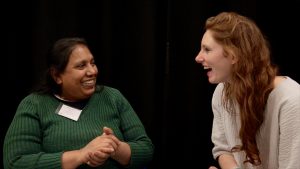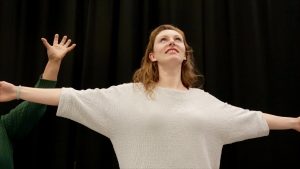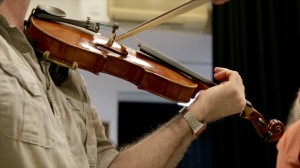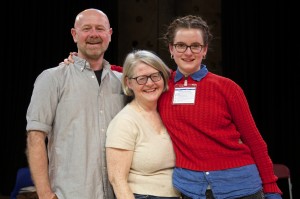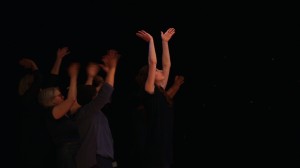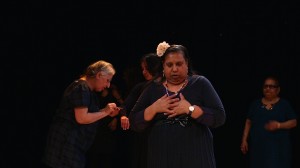January 21st 2022
https://www.facebook.com/groups/meninshedspenge/
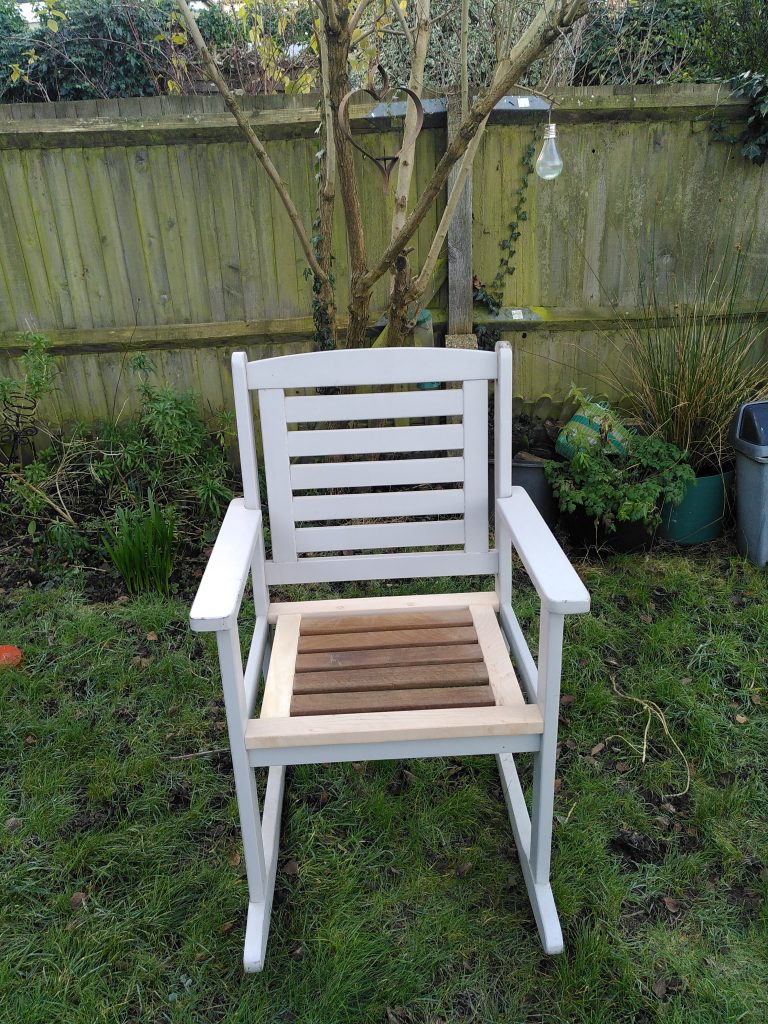
Yesterday I went to Penge Men & Women in Sheds to collect a chair that they were fixing for me. This nationwide (586 ‘Sheds’ in the UK currently) project began as ‘Men’s Sheds’, aiming to create a space where men could come together to chat, to make stuff, to mend, to connect. Each ‘shed’ works differently, but most of them welcome things to fix that the local public bring in, but they also make things to sell or to give; house signs, planters, wooden toys. I’ve heard of a men’s shed that built props for a local theatre company. Over time these have expanded and many now include women who love fixing things. Many of the people are retired, or work part time. They have skills to share, and the people I met love figuring things out. The sheds also have a social function; they are community spaces that serve their communities. They did a brilliant job on my chair – it is better now than it was before it broke. The quality of the mend is better than the broken part, and I was tasked to look after it and respect the beautiful repair, which I will.
Working on Breaks & Joins continually leads me into wonderful conversations where the connections between mending our stuff, our selves and our communities light up, and we are celebrating some of these in our first series of podcasts, launching on Friday, February 4th ! We have spoken to amazing people about all kinds of repair. Look out for Rose Sinclair @dorcasstories talking about textiles, and the Dorcas clubs where women who’d come to the UK from the Caribbean created a space to gather and sew, for Raj Bhari (Peaceful Change Initiative) and Claire McDonald (Artist and Unitarian Minister) sharing experiences of bad breaks to a limb and how the mending is going; Sudip Chakroborthy talking about community fractures in Bangladesh, with Ali Campbell, and Suzi Warren, founder of Stitch it Don’t Ditch it, talking about public mending events.
They will be coming out weekly for 8 weeks; you will be able to find the link on our Insta page breaks_and_joins and on this website
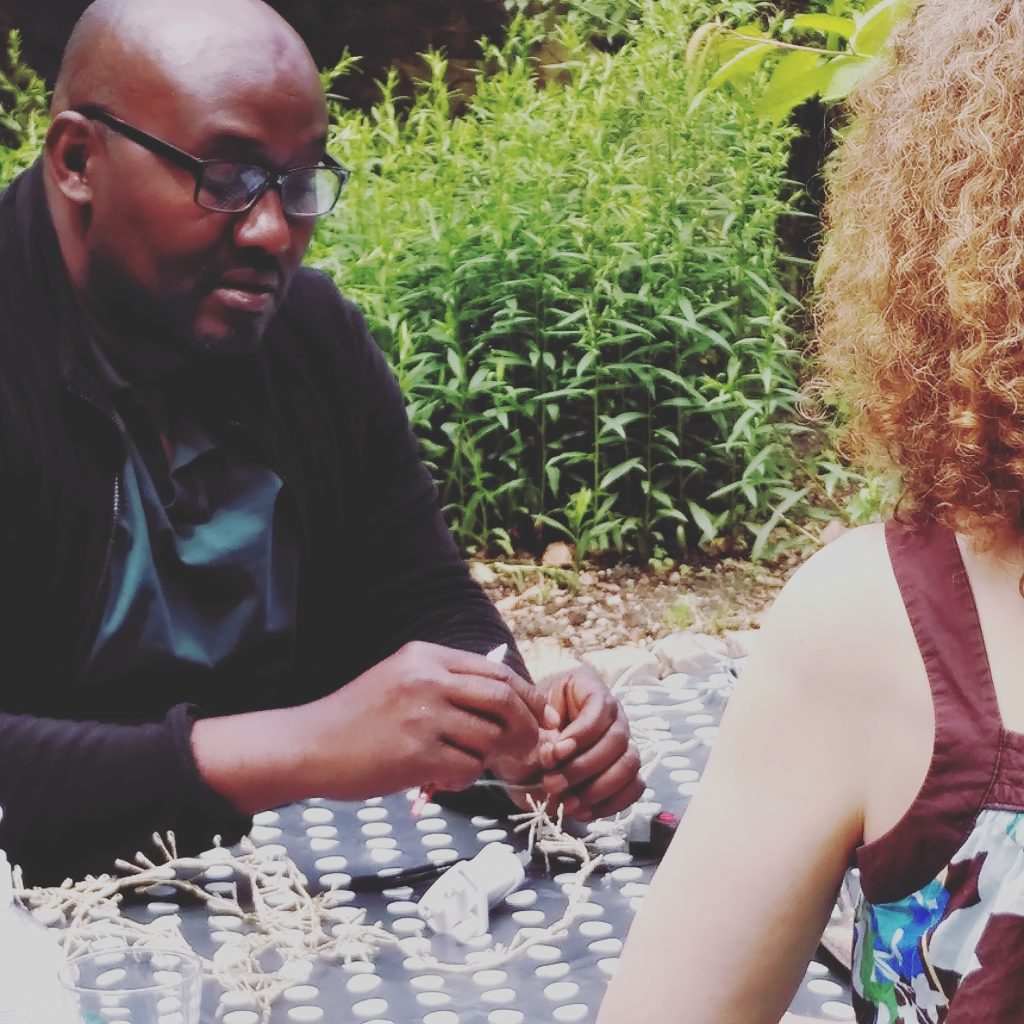
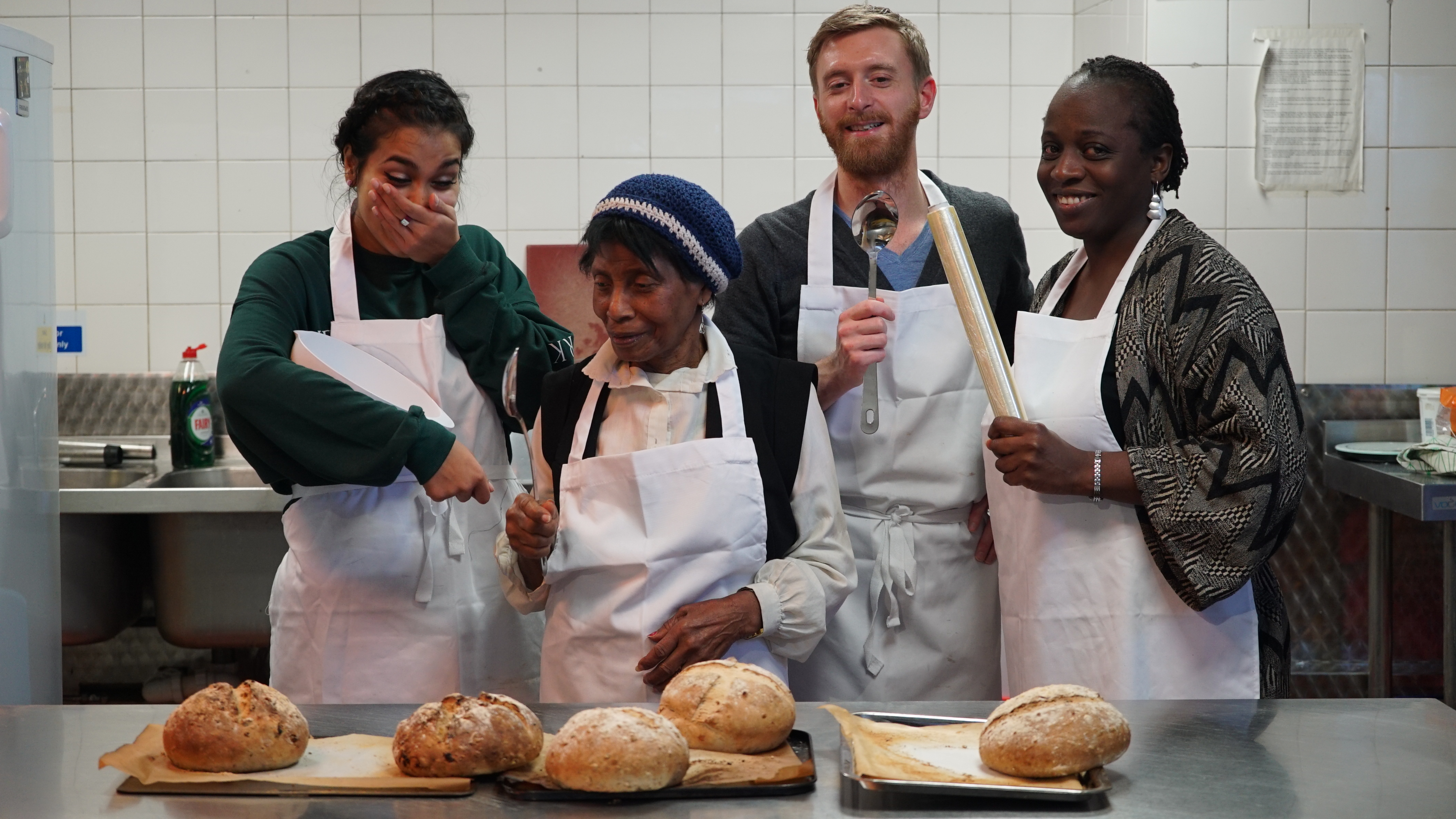
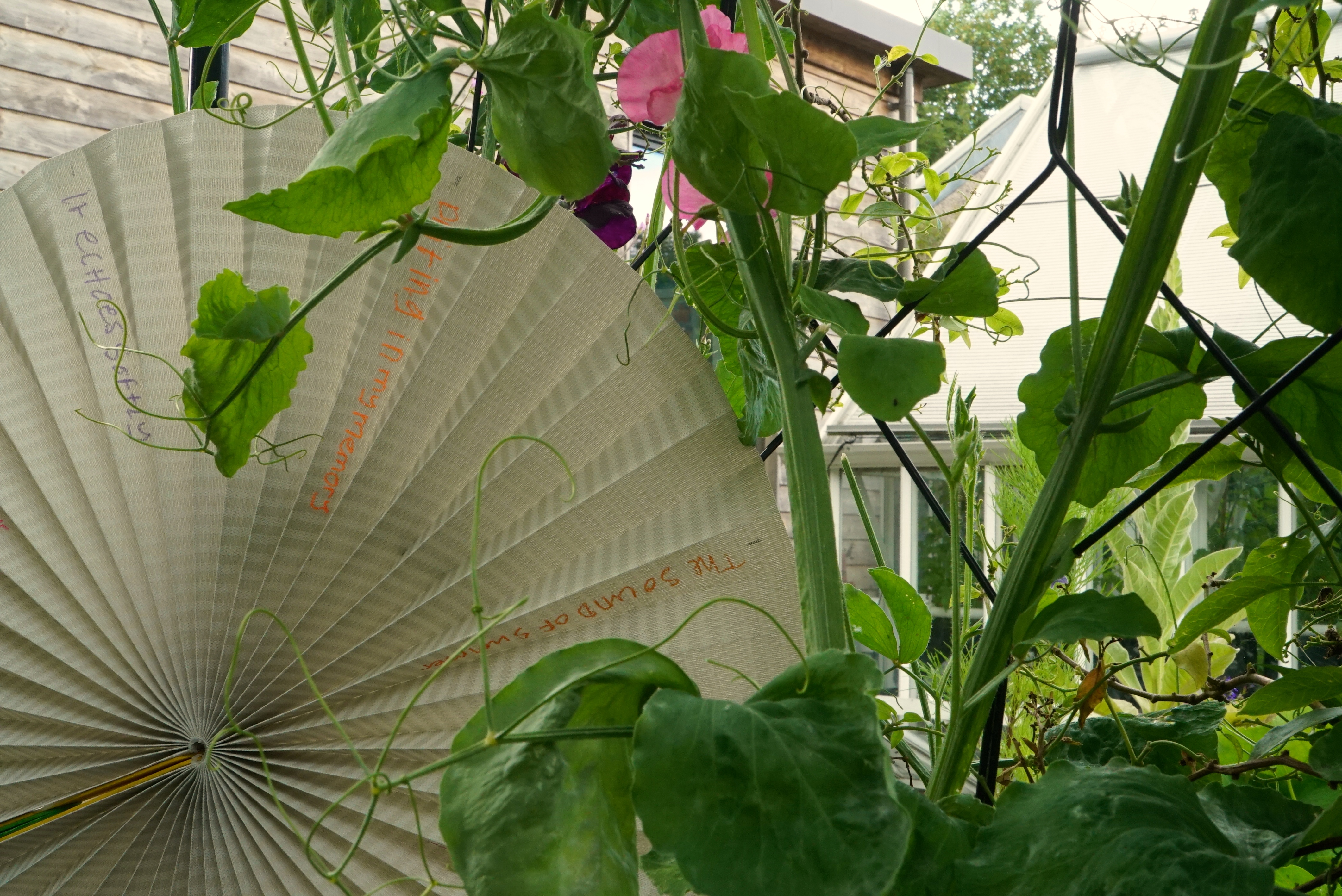

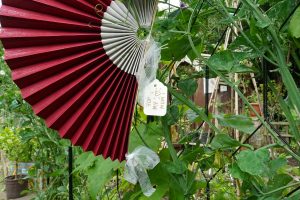
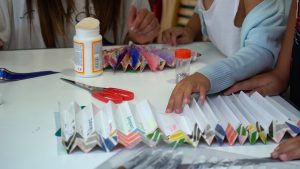
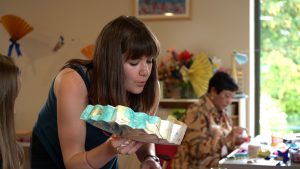
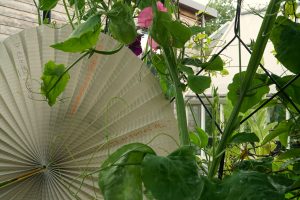 Folding the pleats is not without its difficulties, especially for those who struggle with dexterity, or, who are used to doing things fast and imprecisely. One participant wrote afterwards; I was pleased I could enjoy the precision of making ‘sharp’ folds without getting too stressed – it works anyway, even if you are by nature ‘a bit sloppy’!
Folding the pleats is not without its difficulties, especially for those who struggle with dexterity, or, who are used to doing things fast and imprecisely. One participant wrote afterwards; I was pleased I could enjoy the precision of making ‘sharp’ folds without getting too stressed – it works anyway, even if you are by nature ‘a bit sloppy’!